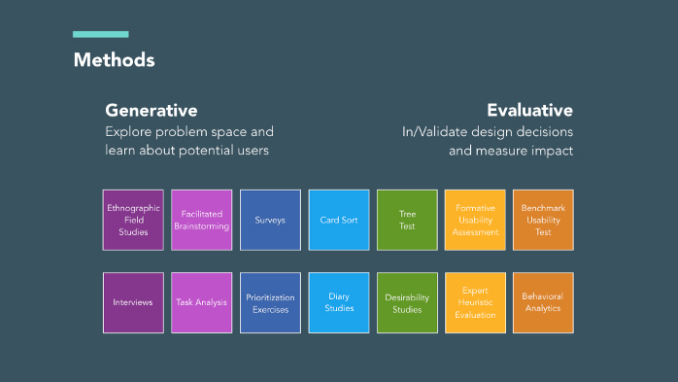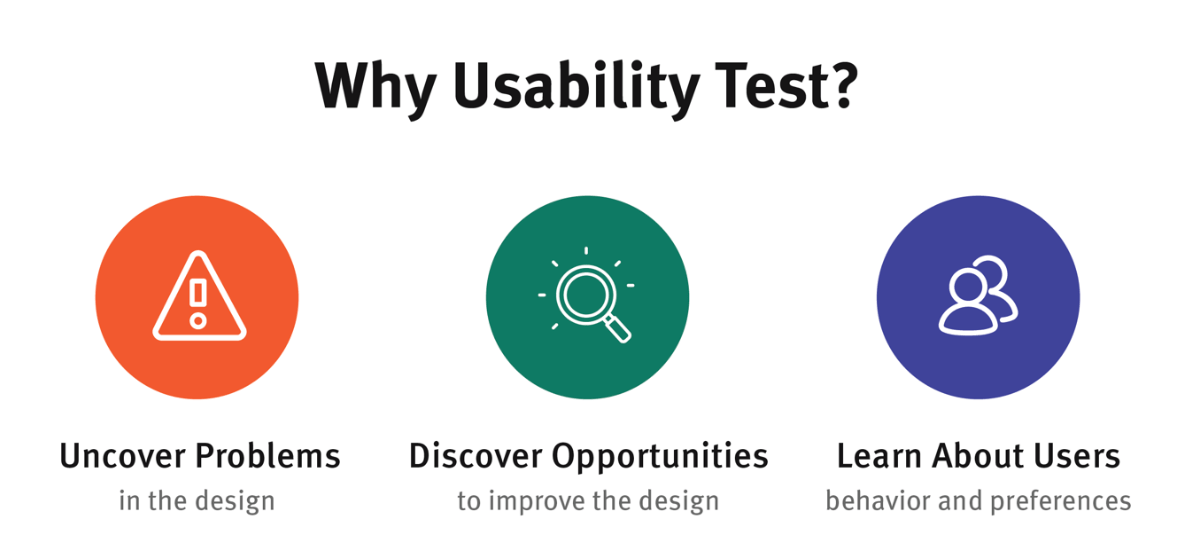When it comes to your business website, your goal should go beyond just traffic – your goal should be to take your visitors and turn them into conversions. Once you have defined your conversion goals (which could include signing up for a mailing list, submitting a contact form, downloading a whitepaper, or purchasing a product), your next step is to make sure your website is designed to increase conversions. This allows you to gain the maximum ROI (return on investment) for all of your online marketing campaigns. The following are five tips on how to improve your website for conversions.
Photo Credit: Brian Massey on Flickr
1. Make sure that your conversion goal is prominently displayed throughout your website.
Remember that traffic doesn’t just enter your website through the homepage. If you want to ensure that your website is exposing visitors to your main conversion goals, be sure that those goals are prominently placed throughout your website. For example, if your main conversion goal is to get people to call your 1-800 number, then that number should be posted in your website’s header – not just on your contact page.
2. Create landing pages for specific conversion goals without a lot of other distractions.
This is especially important if you do any online advertising (Google AdWords, Facebook Ads, LinkedIn Ads, etc.). You don’t want to advertise your latest product and then have visitors click through to your homepage where they may or may not find the link to that product. Instead, you’ll want a landing page on your website devoted to the product you’re advertising. This way, you can convert more of your traffic from ads, social shares, or other links for that specific conversion goal.
3. Try out tools that help boost conversions.
There are lots of great tools out there that can help you boost conversions. One of the latest is Hellobar, a simple script you can install on your site that adds a red bar at the top of each page. This bar draws your visitors attention to anything you want with a simple sentence and button to click. Several top blogs on conversion are starting to use Hellobar to draw attention to their latest products, services, webinars, eBook downloads, or other pages. Try it on yours to see if you get more attention to some of your landing pages.
4. Don’t forget to optimize your blog for conversions.
When we talk about optimizing your website for conversions, this includes your blog as well. There are lots of great ways to add your conversion goals to your blog, from banners and opt-in forms in the sidebar to specific calls to action in the footer of your posts. The reason this is so important is because more people are likely to share your blog content than your sales pages. So instead of getting social traffic direct to your landing pages, you’ll be getting traffic to your blog content. Hence your blog content needs to be as optimized as possible for conversions to get the best results.
5. Test different options to see what works best for conversions.
When it comes to testing, you should expect to do both usability testing as well as split testing to see what conversion elements work the best for your website. Something as simple as changing the wording of your mailing list opt-in page or product sales page could make a huge difference when it comes to converting your visitors into mailing list subscribers or customers.
![]() Give feedback about this article
Give feedback about this article
Were sorry to hear about that, give us a chance to improve.








